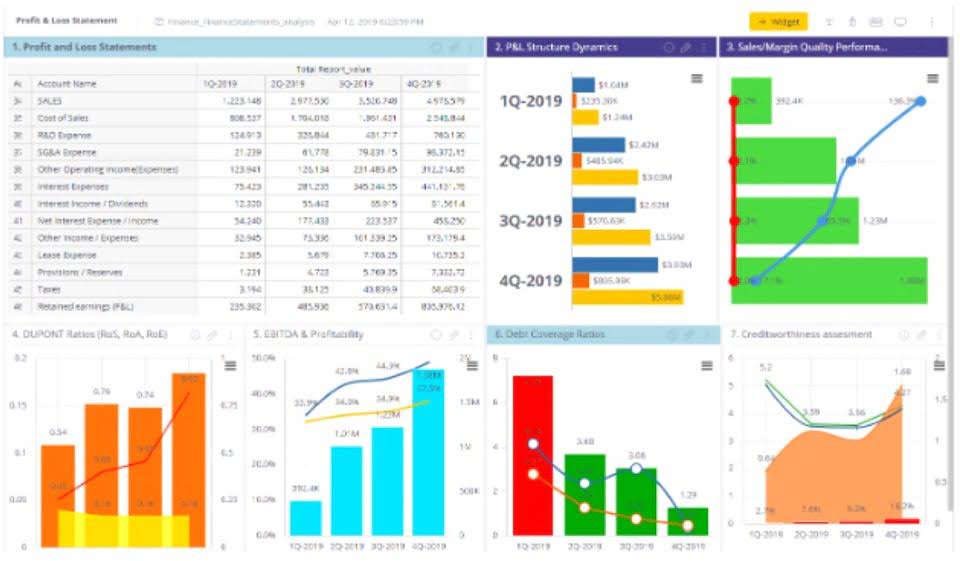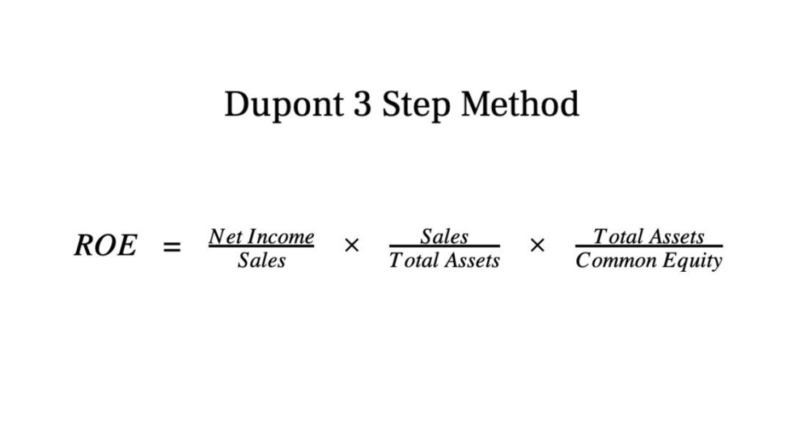
By failing to accurately account for obsolete inventory, businesses risk presenting an inflated view of their asset base, which can lead to misguided investment decisions and a loss of stakeholder trust. Accurate valuation is essential for maintaining transparency and credibility in financial reporting. Supplier and customer feedback can also play a significant role in identifying obsolete inventory. Engaging with suppliers can provide insights into upcoming market trends and technological advancements that may render current stock obsolete. Similarly, customer feedback can highlight changing preferences and emerging needs, enabling businesses to adjust their inventory strategies accordingly.

Effective Control Account Management for Precise Financial Reporting
- Overall, obsolescence can take many forms and can affect different industries and types of assets in different ways.
- Companies like Toyota have successfully implemented JIT to streamline operations and reduce waste, setting a benchmark for others to follow.
- Agile companies that can quickly adapt their product lines are better positioned to avoid the pitfalls of obsolete inventory.
- To do so, you would debit obsolete inventory expense for $7,000 and credit the inventory obsolescence reserve for the same amount.
- When inventory becomes obsolete, it directly affects a company’s cost of goods sold (COGS).
- A write-down occurs if the market value of the inventory falls below the cost reported on the financial statements.
For unearned revenue example, a tech company that frequently deals with rapid product obsolescence might see its profitability erode if it fails to manage its inventory effectively. Accounting for obsolete inventory involves specific methodologies to ensure that financial statements accurately reflect the true value of a company’s assets. One common approach is the lower of cost or market (LCM) method, which requires businesses to write down the value of inventory to its current market value if it has declined below the original cost. This method helps in presenting a more realistic picture of the company’s financial health by acknowledging the reduced value of unsellable items. Determining the financial impact of obsolescence requires a comprehensive approach that considers various factors contributing to the depreciation of inventory.

Remarketing items

Generally accepted accounting principles require that companies periodically examine their inventory balance for inventory that is no longer able to be sold for as much as the company paid for the goods. Understanding how to account for obsolete inventory in accordance with GAAP can help you make sure that your financial statements are properly presented and your books are in order. The inventory will remain on the company balance sheet for quite some time before reaching the expired date and becoming obsolete. By that time, we are sure about the total amount of obsolete inventory which should record as expense (cost).

Financial Statement Impacts of Obsolete Inventory
The journal entry is debiting allowance for obsolete inventory and credit inventory. The journal entry is debiting inventory obsolete expenses and credit allowance for inventory obsolete. At the same time, the company knows that some of the inventory will not be sold and obsolescence in accounting go obsolete. Management estimates the obsolete inventory base on the historical data and nature of product. Another important concept is the inventory turnover ratio, which measures how frequently inventory is sold and replaced over a specific period.
- For instance, using RFID technology and IoT sensors can provide real-time data on inventory conditions, enabling businesses to take preemptive actions.
- However, manufacturing companies and companies that are in industries prone to obsolescence, such as technology or food service, may wish to re-evaluate this reserve on a quarterly basis.
- For instance, if you don’t have any insight into what items are slow-moving and taking up storage space, then it will be harder to identify how much obsolete inventory you’re accumulating.
- This method helps in presenting a more realistic picture of the company’s financial health by acknowledging the reduced value of unsellable items.
- Obsolete inventory affects the income statement by increasing expenses, either through cost of goods sold or a specific inventory obsolescence account.
- Sales data analysis is also a crucial component in identifying obsolete inventory.
Sale of an Asset
Inventory is presented as the net balance which is the combination of inventory cost and allowance for obsolete. So when this journal reduces both accounts, it will not impact the total amount. Supplier collaboration also plays a significant role in mitigating obsolescence costs.

- In addition, business owners can safeguard capital assets from obsolescence by outfitting their businesses with leased equipment versus purchasing items outright.
- These audits involve a thorough examination of stock levels, sales data, and market trends to pinpoint items that have not moved for a significant period.
- By that time, we are sure about the total amount of obsolete inventory which should record as expense (cost).
- Companies may find themselves needing to invest more in new inventory to replace obsolete stock, thereby increasing cash outflows.
Obsolete inventory is inventory that a company still has on hand after it should have been sold. When inventory can’t be sold in the markets, it declines significantly in value and could be deemed useless to the company. To recognize the fall in value, obsolete inventory must be written-down or written-off in the financial statements in accordance with generally accepted accounting principles (GAAP). Accumulating too much obsolete inventory can be bad for business since it cuts into profit margins. Inventory is considered an asset since it’s purchased with the intent to sell. Though carrying some obsolete inventory is inevitable, it’s important to help avoid accumulating too much inventory that is at risk of losing its value.
